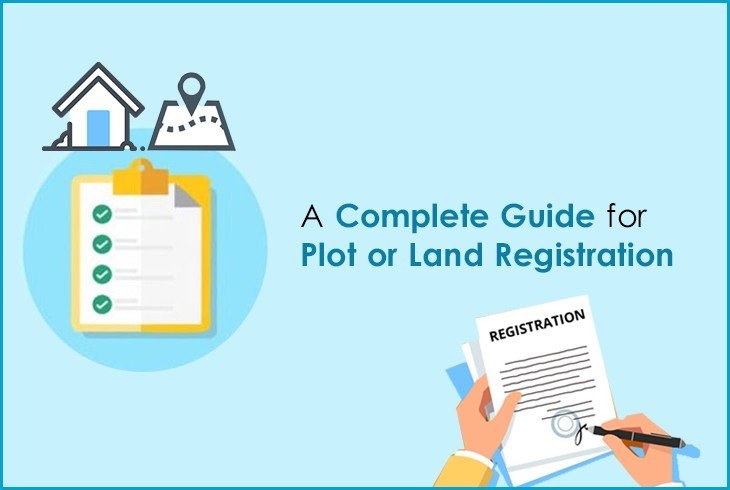8-Step Guide to Register Your Property in India
An essential step in buying a home is registering the property. The registration process is arguably the most challenging of the stages required in buying a home.
Any transaction you undertake toward buying an immovable property must be registered under Section 17 of the Registrations Act of 1908 if the property is valued at more than $100. Therefore, registering the property at the sub-office registrar’s is always required when purchasing a home.
There are numerous legal issues and paperwork to deal with while Property Registration in Delhi. When registering a new property, there can be no room for error, and it is crucial that every home buyer strictly abide by the current rules and regulations to avoid getting into difficulty later.

First-time house buyers may find the rules and paperwork associated with the home registration procedure in Delhi to be incredibly perplexing. Therefore, seeking guidance from a seasoned broker or real estate agent is always advised. To ensure a simple and trouble-free flat registration process, you might also choose to hire an attorney..
Make a list of all the paperwork related to your property registration. The process of purchasing a new home is not complete until all the necessary paperwork is in order.
Here is a step-by-step instruction on how to register real estate in India and take legal possession of your home:
Step 1: Determine the value of your property using the local market pricing for similar properties.
Step 2: You must now evaluate the discrepancy between the circle rate and the final pricing. Whichever of the two prices is higher would be significant when it comes to paying stamp duty.
Step 3: You must now buy non-judicial papers for the sum you determined through estimation.
Step 4: Purchase the stamp papers offline or online. While e-stamps can be purchased online, these papers can be purchased via authorised stamp retailers. Stamp duty can be paid through the Collector of Stamps, or if it has already been paid, documentation must be provided.

Step 5: You must now have the stamp papers with the deep made and entered. Depending on the type of transaction—a sale, mortgage, lease, power of attorney, etc.—the subject matter can alter.
Step 6: The parties to the transaction must now go to the Sub-Office Registrar’s with two witnesses in order to get the deed recorded. Each participant in the procedure must have their pictures, identification documents, and other necessary items. The deed must be maintained on hand, together with two photocopies and the original copy.
Step 7: You obtain a receipt following the selling deed’s registration. One needs to return to the Sub-Office Registrar’s in around two to seven days after that in order to obtain the sample deed.
Step 8: After getting the original deed registered, you can also get it certified by using the Registrar’s Office’s registry information and the date..
These are the eight stages you must complete in total to register your property. Visit our website at www.theluxia.com for more such fascinating analysis and information about property management.